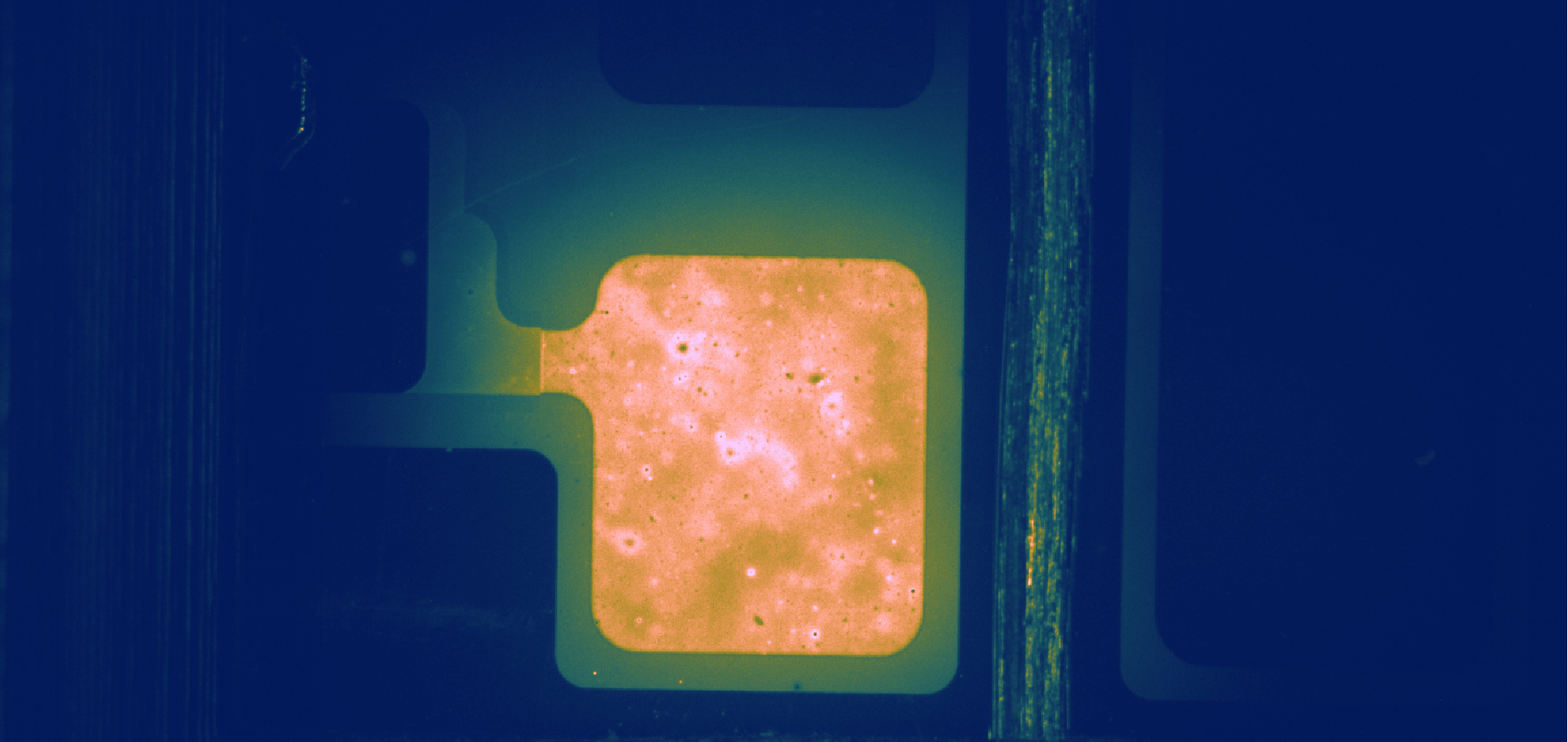Determining material parameters of metal halide perovskites using time-resolved photoluminescence
PRX Energy American Physical Society 4:1 (2025) 013001
Abstract:
In this work we demonstrate that time-resolved photoluminescence data of metal halide perovskites can be effectively evaluated by combining Bayesian inference with a Markov-Chain Monte-Carlo algorithm and a physical model. This approach enables us to infer a high number of parameters which govern the performance of metal halide perovskite-based devices, alongside the probability distributions of those parameters, as well as correlations among all parameters. Via studying a set of "half-stacks’‘, comprising electron and hole transport materials contacting perovskite thin-films, we determine surface recombination velocities at these interfaces with high precision. From the probability distributions of all inferred parameters, we can simulate intensity-dependent photoluminescence quantum efficiency and compare it to the experimental data. Finally, we estimate mobility values for the "vertical’’ charge carrier transport, that perpendicular to the plane of the substrate, for all samples using our approach. Since this mobility estimation is derived from charge carrier diffusion over the length-scale of the film thickness and in the vertical direction, it is highly relevant to transport in photovoltaic and light emitting devices. Our approach of coupling spectroscopic measurements with advanced, computational analysis will help speed up scientific research in the field of optoelectronic materials and devices and exemplifies how carefully constructed computational algorithms can derive valuable plurality of information from simple datasets. We expect that our approach will be expandable to a variety of other analysis techniques and that our method will be applicable to other semiconductors.Determining parameters of metal-halide perovskites using photoluminescence with Bayesian inference
PRX Energy American Physical Society 4:1 (2025) 13001
Abstract:
In this work, we demonstrate that time-resolved photoluminescence data of metal halide perovskites can be effectively evaluated by combining Bayesian inference with a Markov-chain Monte-Carlo algorithm and a physical model. This approach enables us to infer a high number of parameters that govern the performance of metal halide perovskite-based devices, alongside the probability distributions of those parameters, as well as correlations among all parameters. Via studying a set of halfstacks, comprising electron- and hole-transport materials contacting perovskite thin films, we determine surface recombination velocities at these interfaces with high precision. From the probability distributions of all inferred parameters, we can simulate intensity-dependent photoluminescence quantum efficiency and compare it to experimental data. Finally, we estimate mobility values for vertical charge-carrier transport, which is perpendicular to the plane of the substrate, for all samples using our approach. Since this mobility estimation is derived from charge-carrier diffusion over the length scale of the film thickness and in the vertical direction, it is highly relevant for transport in photovoltaic and light-emitting devices. Our approach of coupling spectroscopic measurements with advanced computational analysis will help speed up scientific research in the field of optoelectronic materials and devices and exemplifies how carefully constructed computational algorithms can derive valuable plurality of information from simple datasets. We expect that our approach can be expanded to a variety of other analysis techniques and that our method will be applicable to other semiconductors.
Data in support of Impact of precursor dosing on the surface passivation of AZO/AlOx stacks formed using atomic layer deposition
University of Oxford (2025)
Abstract:
All data reported in publication: Impact of precursor dosing on the surface passivation of AZO/AlOx stacks formed using atomic layer depositionSteering perovskite precursor solutions for multijunction photovoltaics
Nature Nature Research (2024)
Abstract:
Multijunction photovoltaics (PVs) are gaining prominence owing to their superior capability of achieving power conversion efficiencies (PCEs) beyond the radiative limit of single-junction cells<sup>1-8</sup>, where improving narrow bandgap tin-lead perovskites is critical for thin-film devices<sup>9</sup>. With a focus on understanding the chemistry of tin-lead perovskite precursor solutions, we herein find that Sn(II) species dominate interactions with precursors and additives and uncover the exclusive role of carboxylic acid in regulating solution colloidal properties and film crystallisation, and ammonium in improving film optoelectronic properties. Materials that combine these two function groups, amino acid salts, considerably improve the semiconducting quality and homogeneity of perovskite films, surpassing the effect of the individual functional groups when introduced as part of separate molecules. Our enhanced tin-lead perovskite layer allows us to fabricate solar cells with PCEs of 23.9, 29.7 (certified 29.26%), and 28.7% for single-, double-, and triple-junction devices, respectively. Our 1-cm<sup>2</sup> triple-junction devices show PCEs of 28.4% (certified 27.28%). Encapsulated triple-junction cells maintain 80% of their initial efficiencies after 860 h maximum power point tracking in ambient. We further fabricate quadruple-junction devices and obtain PCEs of 27.9% with the highest open-circuit voltage of 4.94 V. This work establishes a new benchmark for multijunction PVs.Probing ionic conductivity and electric field screening in perovskite solar cells: a novel exploration through ion drift currents †
Energy & Environmental Science Royal Society of Chemistry (2024)


